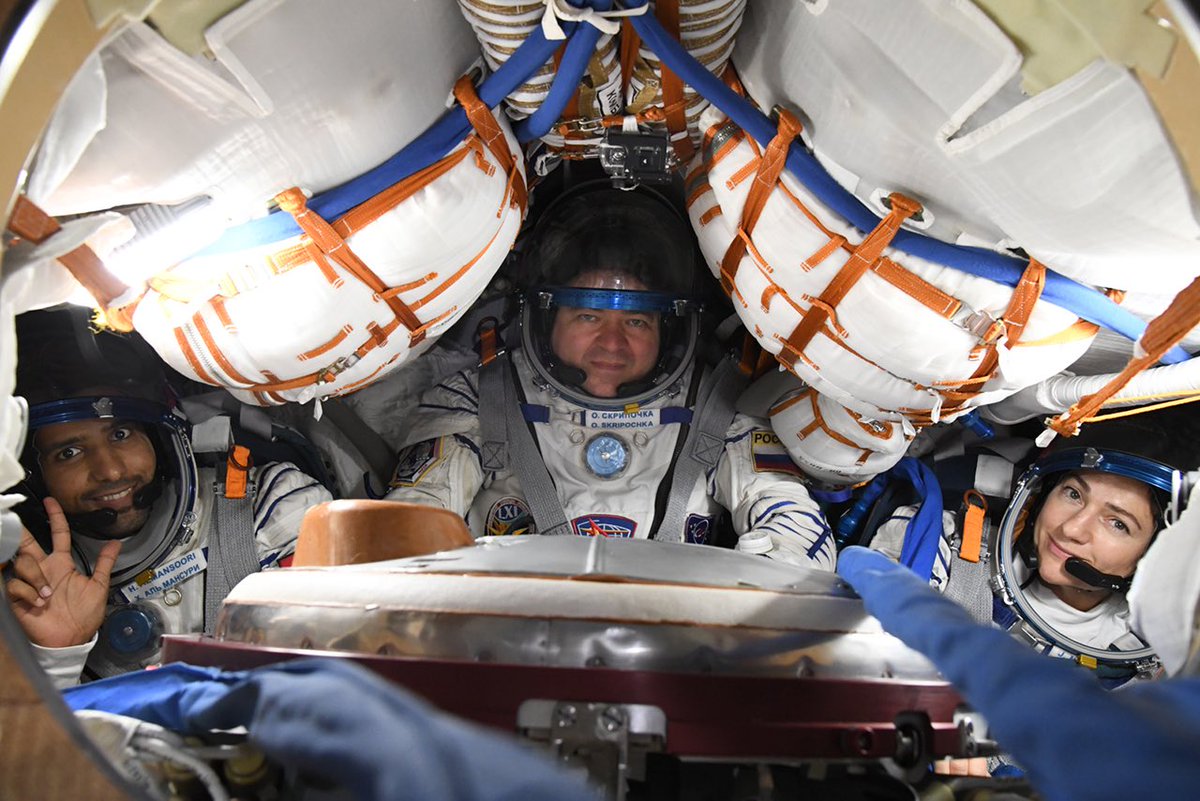
Three spacefarers from three nations are primed to roar aloft from Site 1/5 at the Baikonur Cosmodrome in Kazakhstan—the exact location from which humanity began its first voyage into the cosmos—on Wednesday, 25 September, to support a multi-month increment on the International Space Station (ISS). Liftoff of the Soyuz-FG booster will occur at 6:57 p.m. local time (9:57 a.m. EDT).
Veteran Russian cosmonaut Oleg Skripochka will embark on his third long-duration mission to the ISS, and will be joined aboard the Soyuz MS-15 spacecraft by “rookie” NASA flyer Jessica Meir and the first citizen-astronaut of the United Arab Emirates (UAE), Hazza al-Mansouri. Current plans call for Skripochka and Meir to remain aboard the space station for six months, spanning the final few days of the currently-in-progress Expedition 60 and forming the core of Expeditions 61 and 62, whilst al-Mansouri will return to Earth after eight days.
As a Spaceflight Participant (SFP), al-Mansouri’s seat on this mission has prompted some significant juggling of ISS crew logistics, ever since Russia announced that it would fly the first UAE astronaut. Until recently, four Soyuz missions—each carrying seats for three crew members—were launched each year, ensuring that a permanent rotating crew of six astronauts and cosmonauts was nominally aboard the ISS. That changed in 2019, with last month’s Soyuz MS-14 flown uncrewed in order to test contingency launch-abort systems aboard the new Soyuz-2.1a booster, and the need to secure seats uphill and downhill for the short-duration mission of al-Mansouri.
Last April, NASA announced that astronaut Christina Koch, launched aboard Soyuz MS-12 in March, would pull a double-duty increment, relinquishing her return seat in early October to al-Mansouri and remaining aboard the ISS until spring 2020 after 328 days, to complete the longest single space mission ever undertaken by a woman.
As such, al-Mansouri will return to Earth with Koch’s former crewmates Alexei Ovchinin and Nick Hague aboard Soyuz MS-12. Koch will land next February aboard Soyuz MS-13, alongside Aleksandr Skvortsov and Luca Parmitano, who have been in orbit since July. And their former crewmate Drew Morgan—gamely giving up his own return seat to Koch—will come home late in March 2020 aboard Soyuz MS-15, shoulder to shoulder with Skripochka and Meir.
With the first piloted Commercial Crew missions by Boeing’s CST-100 Starliner and SpaceX’s Crew Dragon tentatively scheduled to occur before year’s end, the result will see half of NASA’s eight-strong 2013 astronaut class in orbit on the ISS at the same time. With fellow “8-Ball” Anne McClain having departed the station earlier this summer, Meir, Hague, Morgan and Koch will be aboard the ISS together for a period of several days. And following Hague’s departure, they confidently expect to welcome classmate Nicole Mann on the first Starliner, possibly as soon as December.
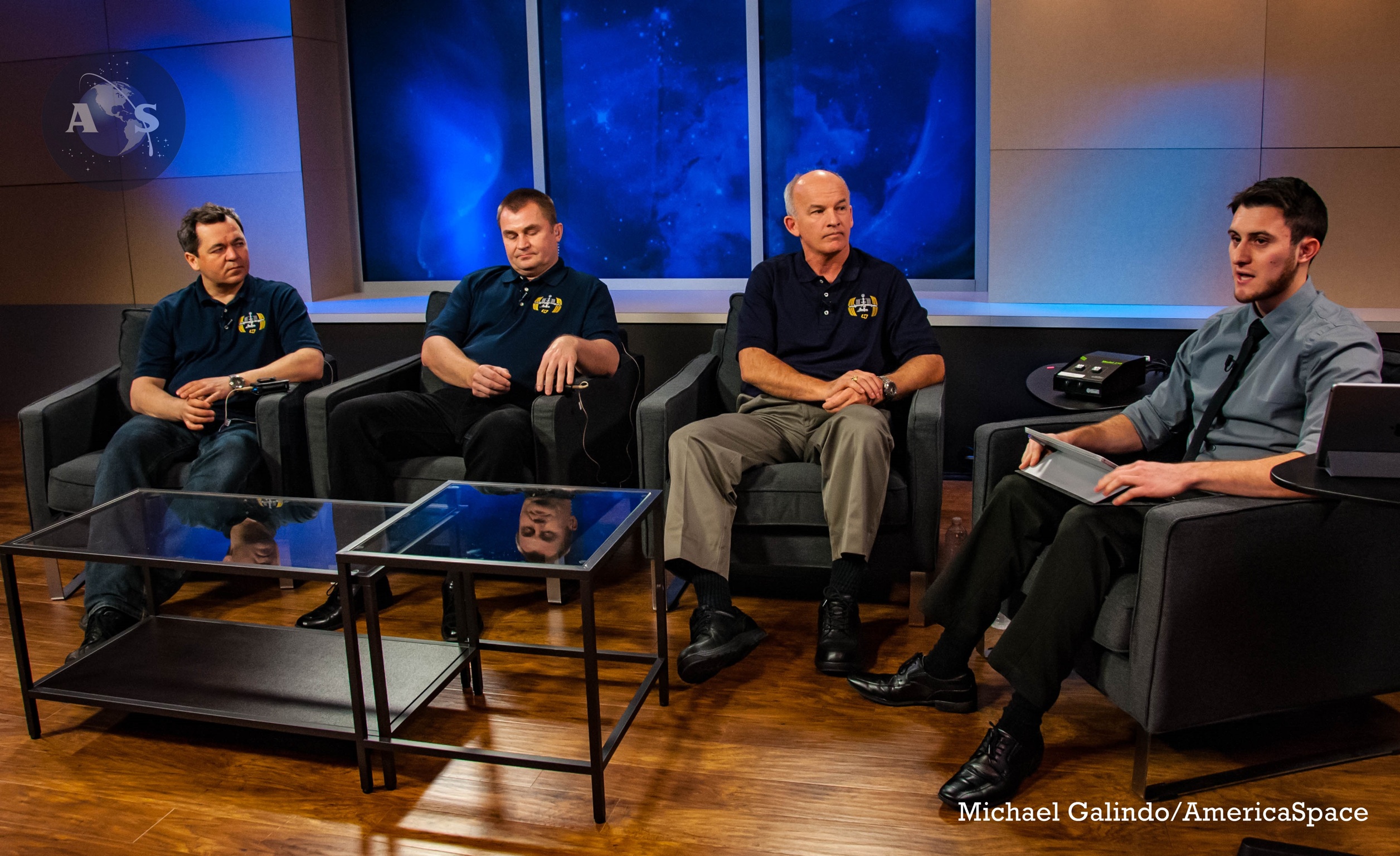
Commanding Soyuz MS-15 is 49-year-old Oleg Ivanovich Skripochka, born on 24 December 1969 in the city of Nevinnomyssk in the North Caucasus region of southern Russia. Upon graduation from high school, he entered the Bauman Moscow State Technical University and earned a diploma in mechanical engineering, with a specialism in rocket construction, and whilst there gained employment as a test-metal worker and technician in the scientific-industrial association project bureau at Energia. Following completion of his university education, Skripochka was an engineer at Energia, focusing on the development of space station transport and cargo vehicles.
Selected as a cosmonaut candidate in July 1997—alongside his future Expedition 61 crewmate Aleksandr Skvortsov—he completed advanced training in November 1999 and for the next several years trained generically for ISS expeditions. He first launched aboard Soyuz TMA-01M in October 2010 and spent 159 days in space on Expedition 25 and 26. Skripochka’s second mission was aboard Soyuz TMA-20M, launched in March 2016, and he added another 172 days to his personal tally, returning to Earth the following September with a cumulative 331 days in space and 5,188 orbits of the Home Planet. He also performed three sessions of Extravehicular Activity (EVA), totaling 16 hours and 41 minutes. Having served as the left-seat Flight Engineer-1 on both his first and second missions, this third trip to space will be quite different for Skripochka, as he assumes not only the center commander’s seat aboard the Soyuz, but will also rotate into the role of ISS Commander later in his increment to lead Expedition 62.
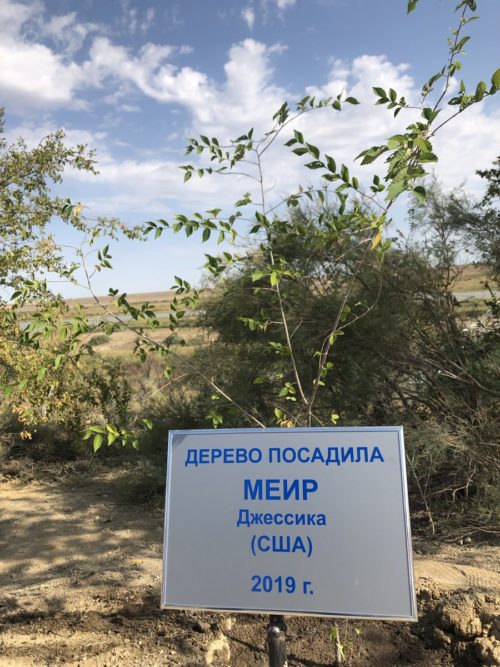
Seated in the left seat aboard Soyuz MS-15, as Flight Engineer-1, will be 42-year-old Jessica Ulrika Meir, selected as a member of NASA’s 21st class of astronaut candidates, back in June 2013. She comes from Caribou, Maine, where she was born on 1 July 1977, the progeny of an Israeli father, a Swedish mother and a proud Jewish heritage. She earned a degree in biology from Brown University in 1999 and a master’s credential in space studies from International Space University in 2000, before working for Lockheed Martin’s Human Research Facility at the Johnson Space Center (JSC) in Houston, Texas, supporting human physiology research on the shuttle and ISS.
Meir also participated in reduced-gravity aircraft investigations and served aboard the Aquarius undersea habitat—situated off the Florida Keys—during the fourth NASA Extreme Environment Mission Operations (NEEMO-4) expedition in September 2002, alongside former NASA flight director Paul Hill and veteran shuttle astronauts Rex Walheim and Scott Kelly.
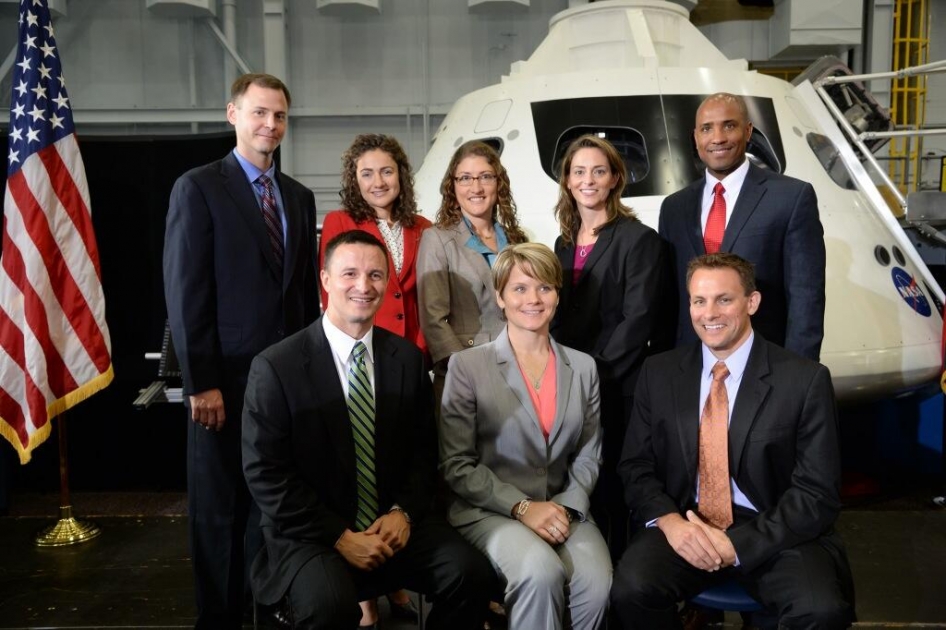
Meir’s doctoral research focused on the diving physiology of marine mammals and birds, with a specific emphasis upon oxygen depletion in diving emperor penguins in Antarctica and elephant seals in northern California. Upon receiving her PhD in marine biology from Scripps Institution of Oceanography in 2009, she undertook post-doctoral work at the University of British Columbia and was appointed an assistant professor at the Harvard Medical School/Massachusetts General Hospital in 2012. Here she continued her research into animal physiology in extreme environments.
A semi-finalist for NASA’s 2009 astronaut class, Meir was selected as an astronaut candidate in June 2013. Two years later, her class completed initial training and in April 2019 Meir was formally assigned to fly aboard Soyuz MS-15 as a member of Expeditions 61 and 62.
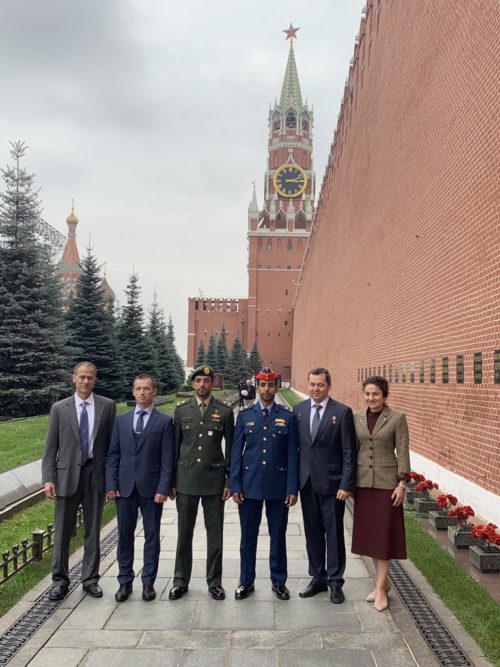
The right-hand seat aboard the Soyuz for Wednesday’s launch will be occupied by Hazza Al Abdan Khalfan al-Mansouri, a 35-year-old fighter pilot in the Emirati Air Force, who becomes the first citizen of the UAE to voyage into space. Born in the Abu Dhabi suburb of Al Wathba on 13 December 1983, al-Mansouri grew up with a love of exploration and observing stars and meteors in the dark skies of the Liwa oasis. He also developed a fascination for airplanes and after graduation from Applied Technology High School in Abu Dhabi, he earned a bachelor’s degree in aviation in 2004 from Khalifa bin Zayed Air College. Al-Mansouri trained in the Emirati military and qualified as a F-16 fighter pilot in Arizona, before being selected as an airshow flyer. He participated in the Dubai Airshow in 2017 and was a candidate for the first UAE astronaut, announced in December of that year.
All told, 4,022 individuals tendered their applications to the Mohammed bin Rashid Space Centre (MBRSC) and in September 2018 al-Mansouri and engineer Sultan al-Neyadi were selected as finalists. Last April, after extensive physical and psychological testing, al-Mansouri was picked as the primary crew member. The eight-day flight of the UAE astronaut—which includes 15 experiments in scientific disciplines ranging from life sciences to Earth observations—was originally slated for April 2019, but launch slipped until September in response to last October’s Soyuz MS-10 launch abort.
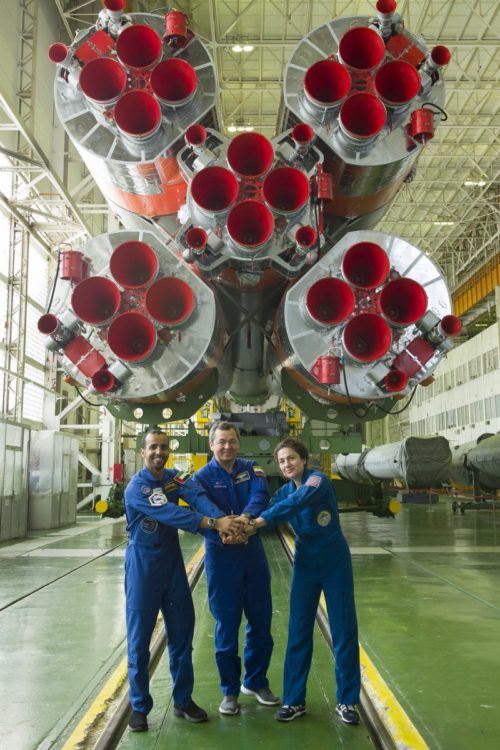
“It sounds quite trite, but we are proof that dreams really can come true,” Meir remarked as she, Skripochka and al-Mansouri gathered before the media at JSC in July 2019. “Probably all three of us never thought it would happen for us, and it did.” For his part, al-Mansouri added that he was “living the impossible now”.
Skripochka, Meir and al-Mansouri and their backups Sergei Ryzhikov of Russia, NASA’s Tom Marshburn and the UAE’s al-Neyadi flew into Baikonur earlier this month to complete final training and ceremonial activities, including the planting of trees in the Avenue of Cosmonauts. “My elm sapling overlooks the Kazakh steppe,” tweeted Meir. “May she flourish in the footsteps of Gagarin.”
.
.
FOLLOW AmericaSpace on Facebook and Twitter!
.
.





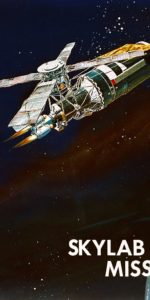
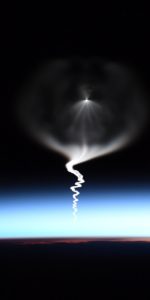
cool